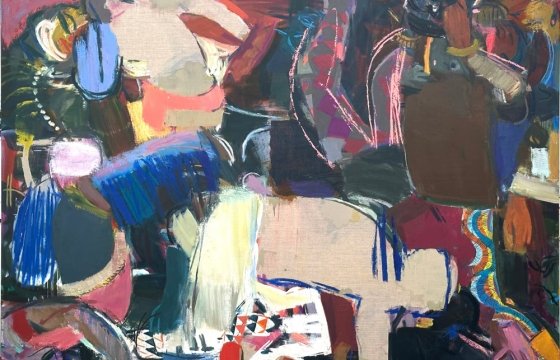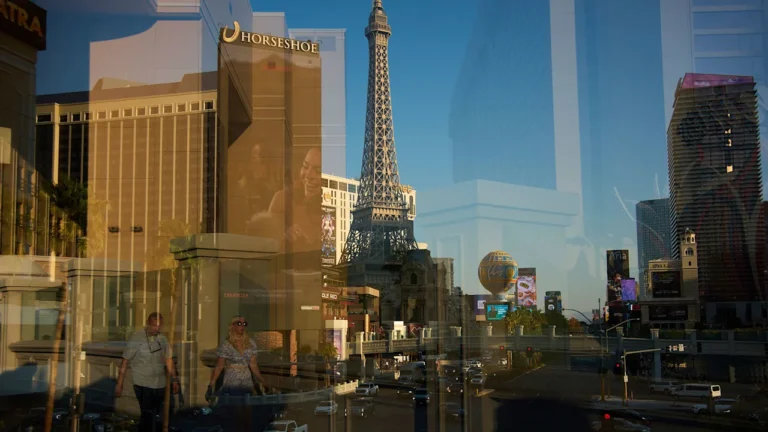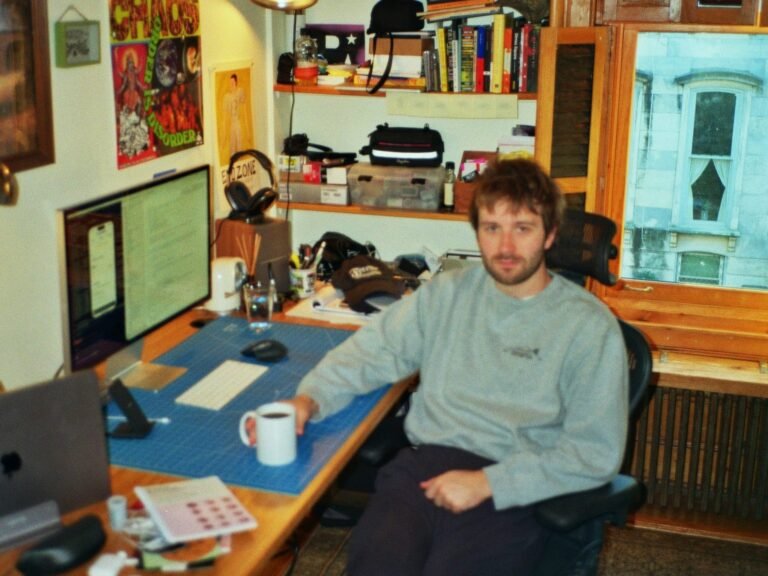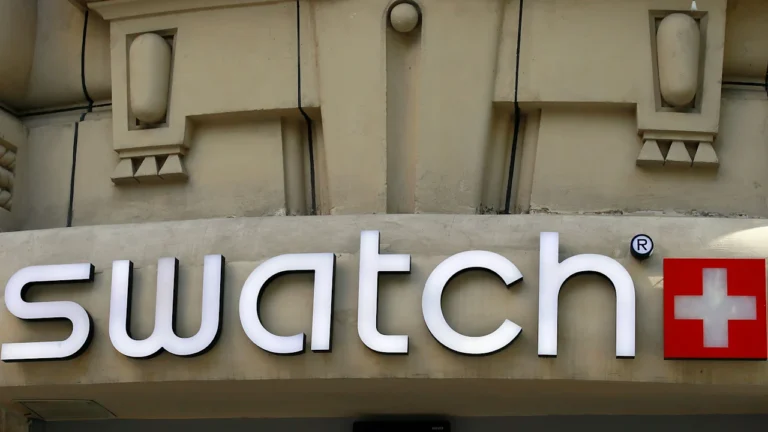


August is when the capitalist parts of the art world go to sleep.
This summer’s pause by the Art Dealers Association of America’s Art Show (ADAA) makes that quiet feel even heavier. The fair has long been a commercial anchor for blue-chip galleries, but also a major fundraising engine for the Henry Street Settlement, a 130-year-old community nonprofit. When an event like that stalls, it’s not just dealers who feel it — artists, nonprofits, and the communities they serve all absorb the shock.
Dealers vanish to the Hamptons, collectors retreat upstate, and many galleries close their doors or operate on “by appointment” mode. For decades, The Art Show has been one of New York’s marquee art events, raising over $38 million for Henry Street Settlement while giving collectors a concentrated, high-caliber view of ADAA member galleries. Its absence this year doesn’t just leave a gap in the fall calendar — it signals deeper tremors in the fair economy and suggests the business model it rests on is under strain.
Meanwhile, artists — the ones at the center of this whole machine — don’t get to disappear. There’s no out-of-office reply for your studio practice. The work continues, even when the system that profits from it has taken a vacation. bell hooks once wrote that “cultural work is a site of resistance,” a reminder that what artists do is never passive, never peripheral. Yet the art market is built on convincing us that we’re interchangeable, as if the work could exist without the hands that made it.
In most commercial gallery agreements, sales are split evenly: 50% to the artist, 50% to the gallery. This commission structure is treated as a standard across the industry, regardless of the gallery’s size, resources, or the specific labor they contribute. The original rationale was that galleries would shoulder the significant costs — rent, staffing, production, shipping, insurance — while also building markets, cultivating collectors, and securing institutional opportunities for the artist. In theory, this split reflects an equal partnership. In practice, the balance of labor and investment varies considerably, opening up questions about when, and for whom, 50-50 is truly fair.

To be clear: not all galleries are created equal. A mega-gallery with a global PR machine and museum board access operates in a different universe from a mid-tier space trying to keep the lights on, or an artist-run gallery sustained by volunteer labor and goodwill. Some are nonprofits balancing mission-driven programming with the realities of fundraising. Each faces its pressures — rising rents, skyrocketing art fair fees, shrinking collector bases — and some truly do earn their 50% by cultivating markets, advocating for artists, and building institutional connections. Others rely almost entirely on the networks and labor that artists themselves build. The split itself isn’t the problem — it’s how unevenly it reflects the reality of these relationships.
Even major players are struggling to keep the lights on. This summer saw the closure of Kasmin and Clearing — both considered significant forces in the New York and international scenes. They’re hardly alone; closures have been accelerating for years. If established galleries with global reputations can’t sustain their models, what does that say about the sustainability of the fixed 50% split they — and so many others — still rely on?
August, then, feels like the perfect moment to talk amongst ourselves — to ask the questions we often swallow. Why is 50/50 still treated as a gold standard, even when the labor behind it is so uneven? Why do we accept this math without questioning the gallery’s actual contribution?
The Castelli Illusion
The 50/50 model that many artists still encounter today traces back to the golden age of the dealer-kingmaker, none more iconic than Leo Castelli. He discovered, funded, and fiercely championed a generation of White male artists — Jasper Johns, Robert Rauschenberg, Roy Lichtenstein — who became synonymous with postwar American art. He covered production costs, arranged professional photography, introduced work to influential collectors, and built relationships with major museums. In many ways, Castelli defined the fantasy of what a gallery could be: a patron, a partner, a portal.
But Castelli’s model was also built on immense privilege — economic, cultural, and geopolitical. He benefited from Cold War cultural diplomacy that positioned New York as the new center of the art world, and his roster was drawn mainly from artists already legible to institutions and critics. He didn’t have to build trust with museums that had historically excluded his community. He didn’t need to explain abstraction or justify its worth. He operated within a system designed to center his artists, and he leveraged that position to codify a model of “support” that came with both power and control.
The Castelli gallery was a gateway to canonization, but it was also a gatekeeper. And the 50% he took was not just for services rendered — it was for access, visibility, and legacy.
What JAM Knew
Just Above Midtown (JAM), founded in 1974 by Linda Goode Bryant, wasn’t trying to replicate Castelli’s empire. It wasn’t even trying to correct it. JAM was something else entirely — a refusal of the systems that made Castelli’s model both possible and exclusionary.
Goode Bryant built JAM to serve artists who were never meant to be part of the commercial art conversation: Black artists, artists of color, women, and experimental makers working outside the formalist rules of the market. Howardena Pindell, Senga Nengudi, David Hammons, Lorraine O’Grady — these were artists for whom market access was not a given, and whose practices often resisted commodification altogether. JAM began as a commercial gallery, but its core values weren’t profit or prestige — they were community, experimentation, and survival.
When the commercial model proved too constraining, Bryant made a decisive shift: in 1976, she converted JAM into a nonprofit. The move wasn’t about becoming more institutional; it was about securing the grants and philanthropic support needed to keep the doors open without bowing to market dictates. In Bryant’s hands, the nonprofit structure became a tool for independence — a way to sustain a space that prioritized artists’ needs over sales, and to keep programming untethered from the logic of 50-50 commission splits.

In contrast to Castelli’s polished machine, JAM operated as a porous, collaborative space that defied market logic. And when Just Above Midtown: Changing Spaces opened at MoMA in 2022–23 — curated by Thomas J. Lax — it didn’t just revisit JAM’s legacy, it recontextualized the kinds of labor that had long gone unrecognized: curating, caregiving, archiving, improvising. The show reframed what it means to hold space for artists, not as commodities but as cultural agents.
As bell hooks wrote, “the margin is a site of radical possibility.” JAM didn’t just exist within that margin — it animated it. And it reminds us that there are other ways to structure relationships between artists and galleries — ways that reject the assumption that 50% is a natural law.
What Does 50% Buy?
Suppose Castelli’s model was built on elite access and JAM’s on radical community. In that case, most contemporary galleries fall somewhere in between — doing what they can with the resources they have, while still clinging to the same financial logic.
This isn’t about drawing hard lines between “good” and “bad” galleries. It’s about asking what that 50% actually buys. And part of the reason we don’t ask is because we’ve been taught not to — because talking openly about money, contracts, and sales feels like a breach of etiquette. We’re told it’s unprofessional, or that it could cost us opportunities. Silence is part of the design.
Some galleries absolutely earn their cut. They cultivate collectors from scratch, place work in significant collections, fight for institutional opportunities, and advocate behind closed doors in ways that benefit artists for years. Others take a hands-off approach, relying on the artist’s labor to handle documentation, generate press, produce the work, and even drive sales.
So maybe the better question is: How do you know when a gallery is truly showing up for you?
Here are a few questions I’ve started using — not as gotchas, but as a kind of diagnostic framework for value:
- Who pays for production, packing, and shipping?
- Are they actively introducing your work to new collectors, curators, and press — or leaning on your existing network?
- Do they provide clear, regular communication about sales, pricing, and collector relationships?
- Are they helping contextualize your work (press releases, PDFs, conversations with institutions), or asking you to send over a few bullet points?
- When your work sells, can you point to anything they did that made that sale possible — or was it already in motion before they got involved?
Not every gallery has to offer every resource. But when artists are doing the heavy lifting — producing, promoting, connecting, shipping, and following up — it’s fair to ask whether the commission model is still serving us, or whether we’re just upholding a structure because we’re scared to question it.

The Limits of Galleries
Here’s the more complicated truth: many galleries today aren’t equipped to provide the level of advocacy, infrastructure, or strategy that Castelli offered — or that JAM provided in its own radical way. A gallery’s ability to sell a few paintings doesn’t mean it can build a market, craft a narrative, or place work in institutions. Some are just riding the momentum artists create on their own.
That doesn’t mean all galleries are exploitative — there are exceptions, especially among small, community-driven spaces that are honest about their limitations. And in some cases, scaling back what a gallery promises could lead to more equitable arrangements, like sliding-scale commissions, co-op models, or contracts that revisit terms after a set period. The point isn’t to punish galleries for not having resources, it’s to build agreements that reflect reality.
A Different Kind of Summer School
The ADAA cancellation feels symbolic: a pause not just for one fair, but for a gallery system that’s struggling to hold its shape. Fairs have long been used to justify commissions — “we’re investing in your exposure” — but if those structures are crumbling, what exactly are artists paying for?
Technology has shifted the balance of power. We can promote ourselves, archive our work, connect with collectors, and build audiences without the gallery middleman. That’s empowering, but it also exposes how much of the 50% split is based on myth rather than actual labor.
Artists are the center of this ecosystem, yet the market thrives on convincing us we’re interchangeable, as if the work could exist without the labor and vision that brought it into being. That’s why this conversation matters. It’s not about dismantling galleries, it’s about clarifying the terms, so the relationships we enter into are sustainable for both sides.
The cracks are showing — not just in our relationships with galleries, but in the galleries themselves, and in the cultural infrastructure they’re tethered to. The ADAA’s pause, the closures of Kasmin and Clearing, the shrinking map of opportunities — all of these are reminders that none of us are insulated. Artists, dealers, nonprofits, and communities are bound together in this ecosystem. The difference is that artists have always been told they’re replaceable, while everyone else gets to be indispensable.
José Esteban Muñoz wrote that queerness is “a horizon we’re always reaching for.” The same could be said for equity in the art world: it may not be fully here yet, but imagining it is the first step toward building it. What if we thought about the gallery split not as a fixed number, but as a living agreement that reflects what both sides are bringing to the table? What if 50/50 wasn’t a tradition to uphold, but a question to answer, together?
August might be quiet, but that silence is an opening. Let’s use it to talk, to compare notes, to ask for more. Let’s make sure the math is mathing for everyone, so that when we do go 50-50, it’s because we’re showing up 100-100.






